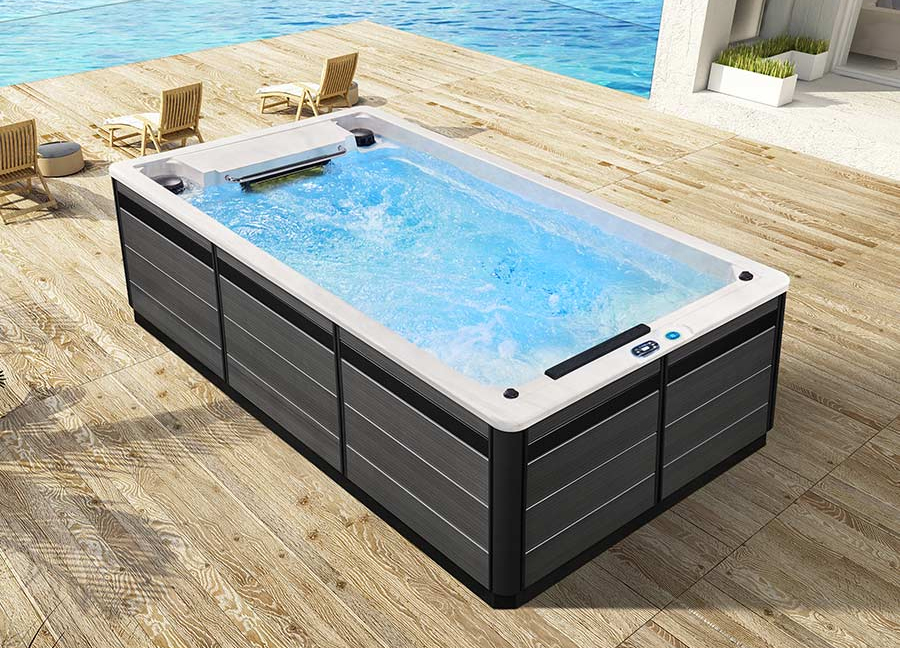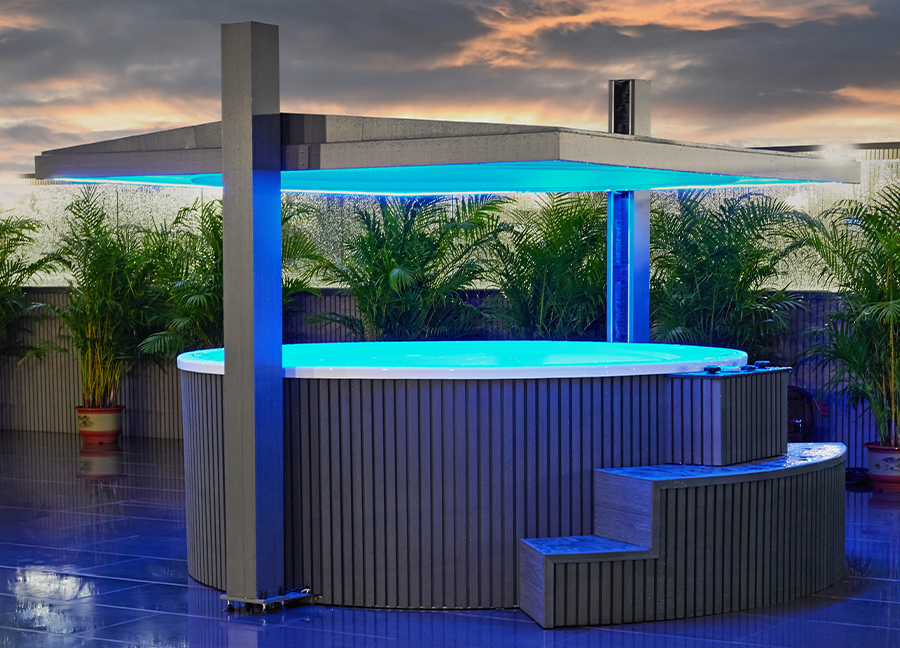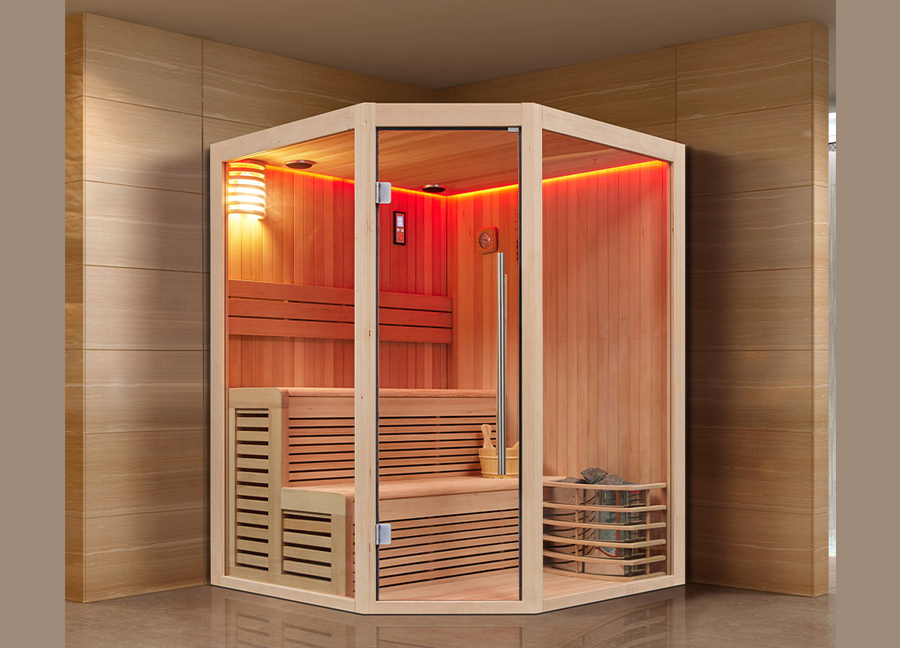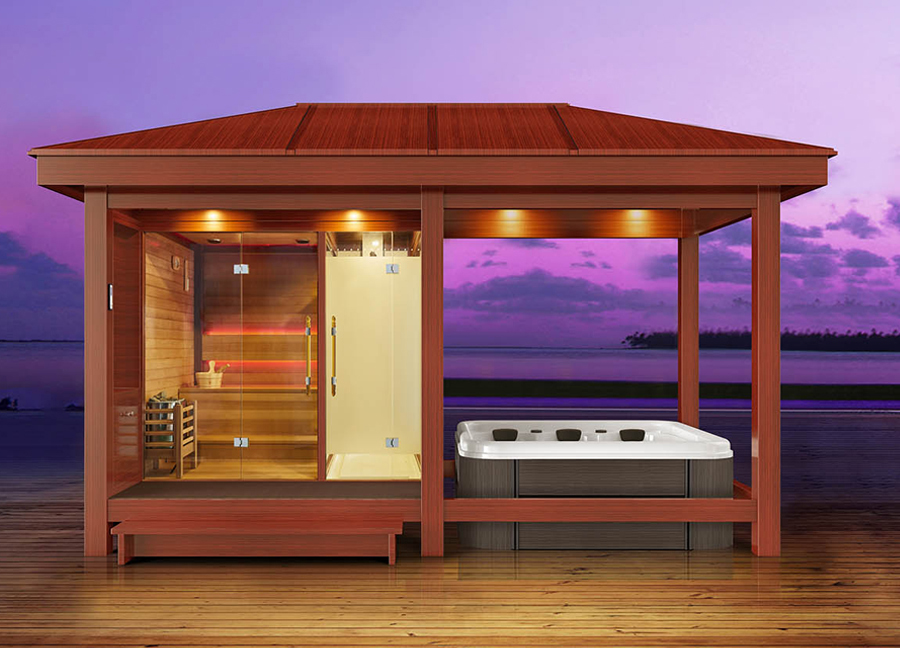Outdoor sauna rooms combine traditional sauna culture with a contemporary outdoor lifestyle, not only improving the quality of home living but also expanding the potential for outdoor space utilization. However, many potential users raise a key question when purchasing and installing an outdoor sauna room: Will outdoor sauna rooms get moldy?
This is a very real question. After all, the very operation of a sauna room involves significant amounts of moisture and high temperatures, and the "outdoor" environment is often exposed to natural factors such as rain, humidity, wind, and snow. Whether an outdoor sauna room can harbor mold, rot, or deteriorate is crucial to its durability and safety.
This article will delve into this question, focusing on the conditions for mold growth, the structural characteristics of outdoor sauna rooms, material properties, common mold risks, key preventative measures, and scientific usage recommendations, providing clear, systematic, and professional answers.
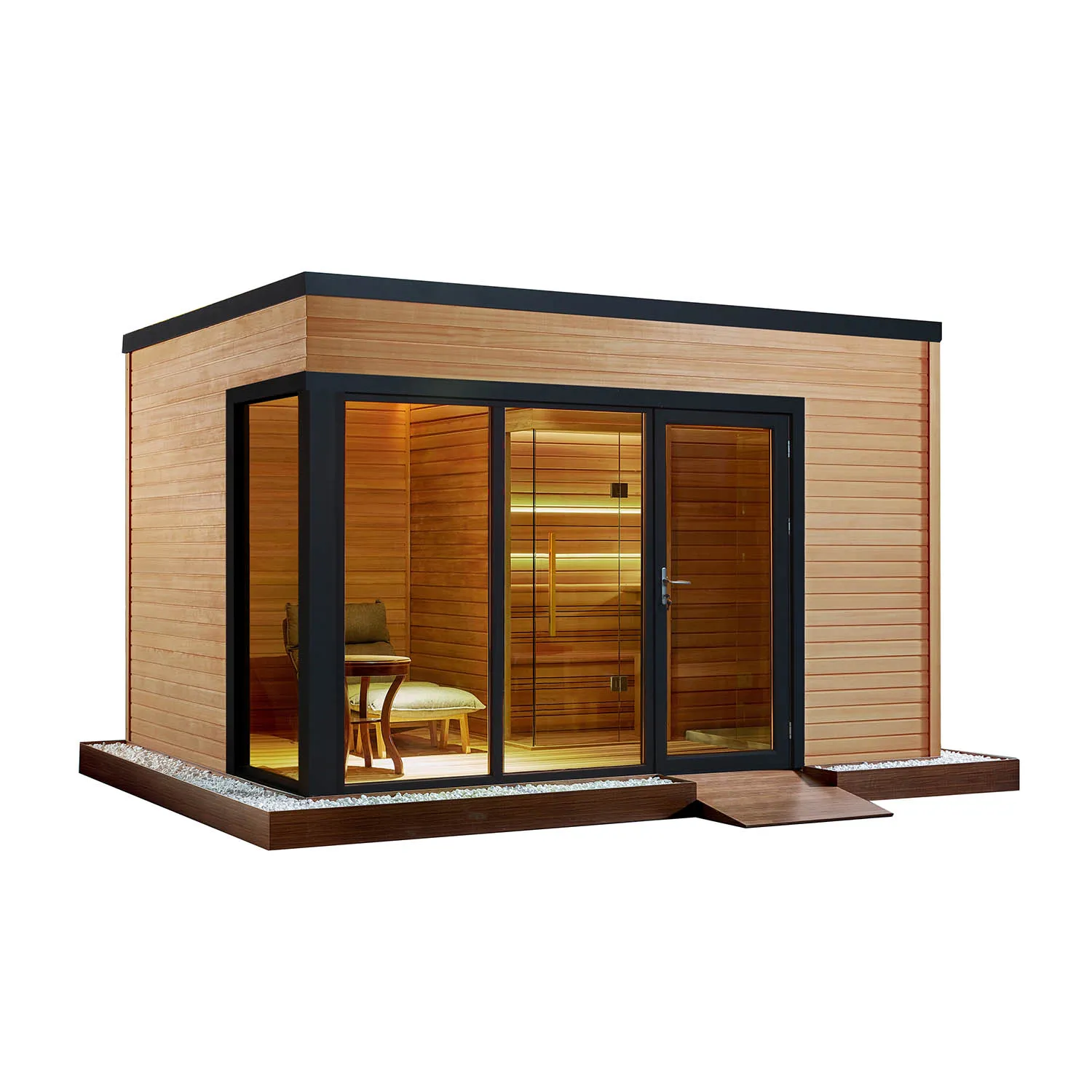
What are the conditions for mold growth?
To determine whether an outdoor sauna room will get moldy, it's first important to understand the mechanisms of mold formation. Mold is a type of fungus that thrives under the following conditions:
1. High humidity (RH > 60%)
This is a key condition for mold growth. Prolonged exposure to humidity promotes the activation of fungal spores.
2. Suitable temperature (20°C-40°C)
Although most mold growth ceases above 50°C, when a sauna is not in use, the temperature often drops back down to a suitable range for growth.
3. Organic material surfaces
Mold favors natural materials, particularly wood, cotton, and rubber surfaces.
4. Poor air circulation
Enclosed, humid spaces with poor ventilation are highly susceptible to mold growth.
Thus, outdoor saunas present a potential breeding ground for mold if the temperature and humidity balance is not properly controlled, especially if ventilation is poor or maintenance is inadequate.
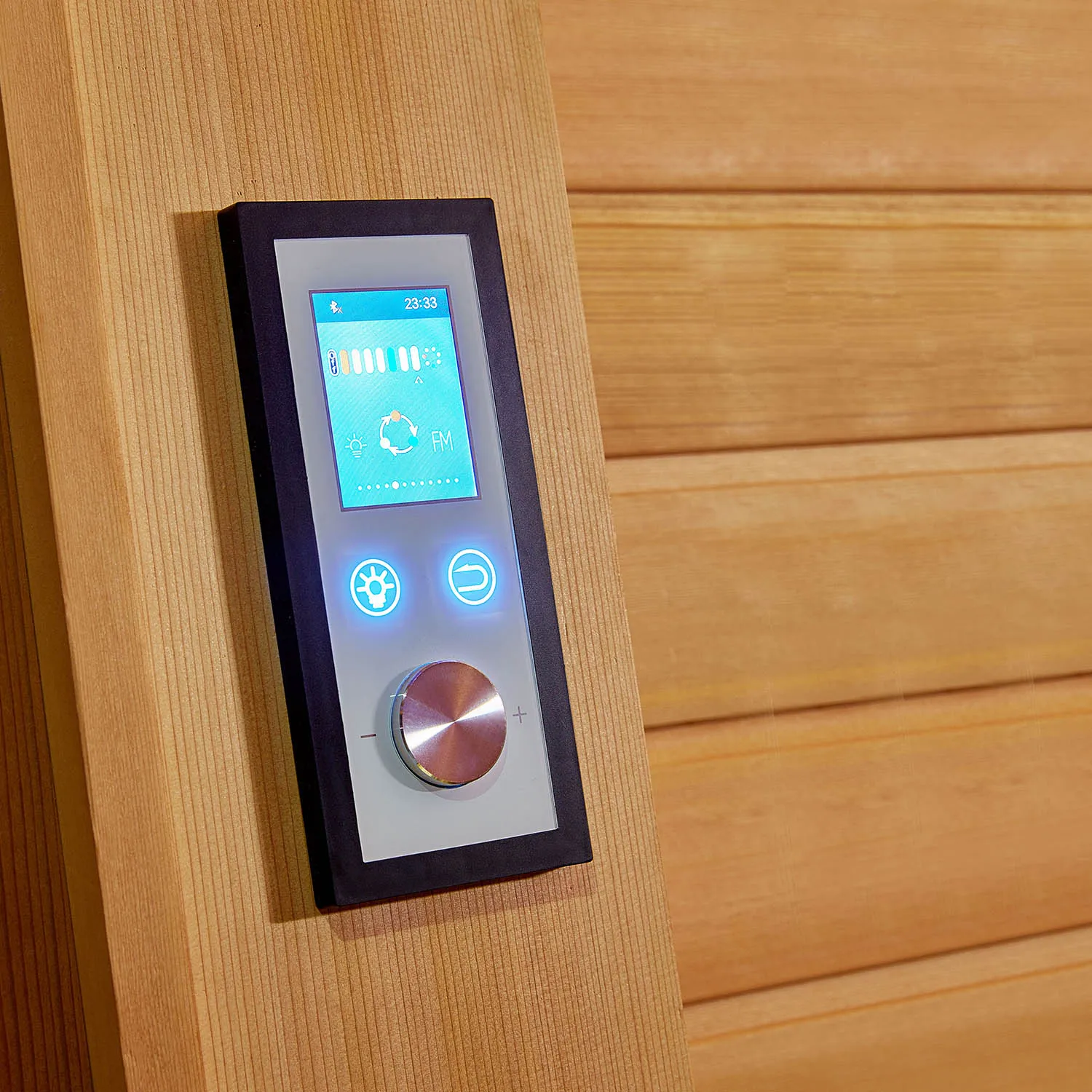
Structure and Usage Characteristics of Outdoor Sauna Rooms
To better understand the risk of mold, we must further examine the core structure and usage environment of outdoor sauna rooms.
1. Material Composition
Outdoor sauna rooms are generally made of naturally resistant wood, including the following:
· Red cedar: Naturally contains oils that offer antibacterial, anti-corrosion, and moisture-resistant properties;
· Hemlock: Tightly structured and highly crack-resistant;
· White pine/poplar: Relatively economical, but less moisture-resistant and antibacterial.
Although high-quality wood has some natural mold resistance, this requires that the wood be kept dry and well ventilated.
2. Humidity Fluctuations During Use
When a sauna room is in use, internal temperatures can reach 60°C to 90°C, accompanied by a large amount of water vapor. This can quickly cause surfaces like walls, floors, ceilings, and seats to become extremely damp. After unused rooms are closed, if they are not promptly ventilated and dried, this moisture can remain on the surface or even penetrate the interior.
3. Outdoor Environmental Impact
The uncertainties of the outdoor environment are also a significant risk for mold, including:
· Rainwater or snow infiltration;
· Rising ground moisture;
· Fluctuations in air humidity;
· Contamination of the wood surface by leaves, dust, and insects;
· Condensation caused by temperature fluctuations.
All of the above factors can increase the risk of mold growth in outdoor sauna rooms over long-term use, especially if the structure is poorly designed or if routine maintenance is inadequate.
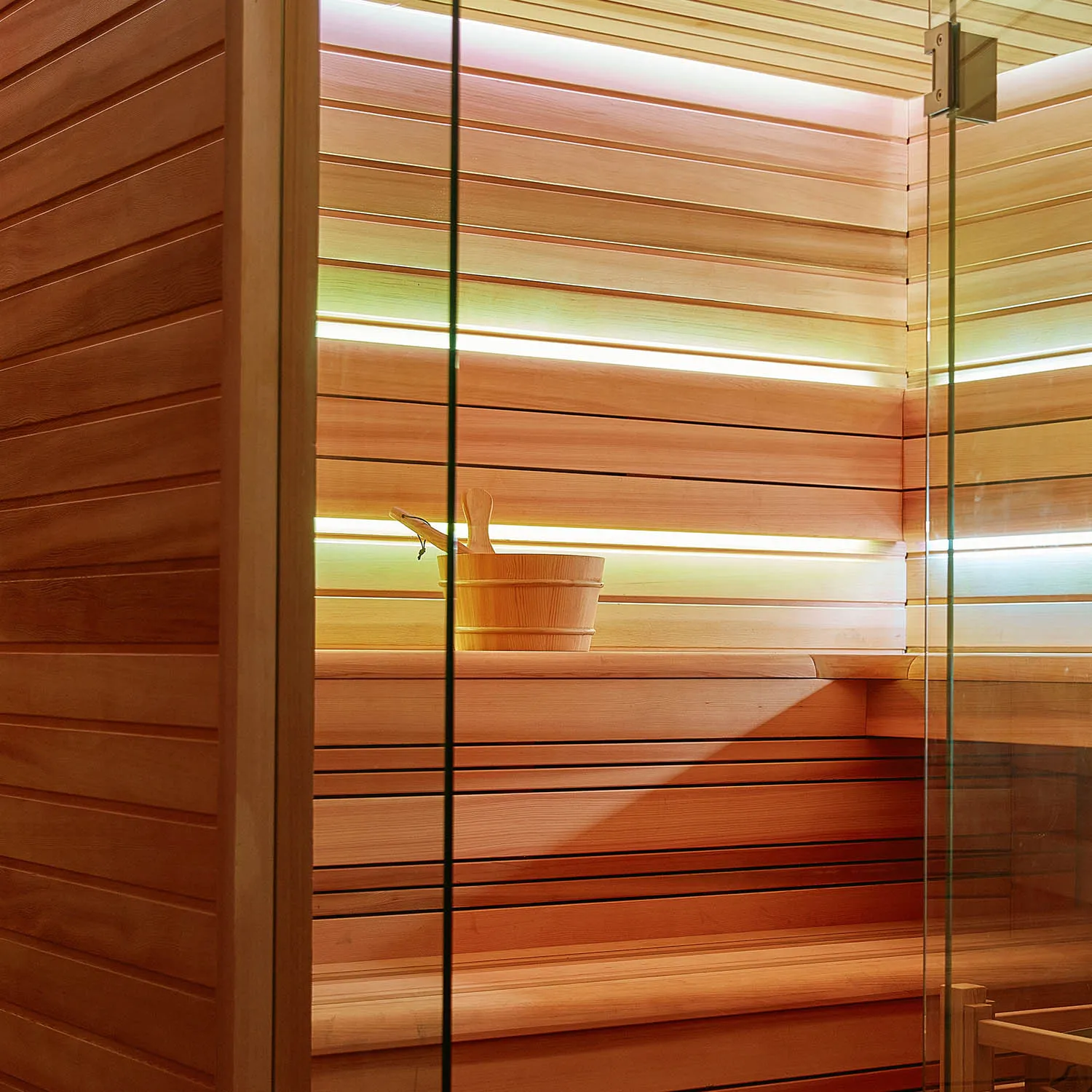
Common Locations of Mold in Outdoor Sauna Rooms
Mold is not evenly distributed but tends to accumulate in specific "dead corners" with high humidity, low ventilation, and a habitable environment for dirt and grime. Common areas include:
Locations | Causes of mold and mildew |
| Where the floor meets the wall | Water vapor sinks, stagnant water is difficult to drain, and cleaning blind spots |
| Bottom and back of seats | Hot air rises and condenses in shaded areas, resulting in prolonged humidity |
| Inside roof vents or structural gaps | Hot, humid air condenses, creating moisture accumulation areas |
| Sealing strips on door and window frames | Dirt traps in cracks and lack of ventilation |
| Joints between wooden panels | Undried wood allows microbial growth in the interlayer |
Damages of Mold in Outdoor Sauna Rooms
If left uncontrolled and untreated, mold not only affects the user experience but can also cause the following problems:
· Wood rot: Mold breaks down wood fibers, causing the structure to loosen, fall apart, or break.
· Odor: Moisture and mold produce a pungent odor, affecting indoor air quality.
· Health hazards: Fungal spores may cause allergies, asthma, or respiratory irritation.
· Aesthetic damage: The wood surface may turn black or blue, creating a visually unpleasant effect.
· Equipment damage: Mold may corrode cable connectors, metal screws, or ventilation systems.
Key measures to prevent mold in outdoor sauna rooms
1. Choose high-quality, mold-resistant wood
· Red cedar and hemlock are preferred due to their high oil content and natural antibacterial properties.
· All wood should be kiln-dried to ensure a moisture content of less than 15%.
· It is recommended that exterior surfaces be pre-treated with a natural plant oil coating or a specialized mold inhibitor.
2. Improve ventilation
· The sauna room must have an active ventilation system: air intake from below and exhaust from above to create cross-ventilation.
· Open doors and windows for at least 30 minutes after use.
· Set a timed ventilation fan to maintain internal air circulation when not in use.
3. Keep the interior dry
· After each use, wipe areas with concentrated moisture with a towel or dry cloth.
· Removable wood grilles can be used for seats and floors for easier cleaning and drying.
· Regularly use a dehumidifier or moisture absorber to reduce humidity.
4. Regular Cleaning and Sterilization
· Use a mild antibacterial wood cleaner to remove surface dust and mold.
· Spray the interior with a natural essential oil anti-mold spray (such as tea tree or eucalyptus) at least once a month.
· If mold spots appear, use a combination of white vinegar and baking soda or a dedicated mold remover for local treatment.
5. Improve Exterior Structural Design
· The sauna room should be built on a foundation 5-10 cm above the ground.
· The roof should have a waterproof slope and drainage channels to prevent rainwater from flowing back.
· Use waterproof and mold-resistant seals on door and window seals, but avoid over-sealing.
· Regularly inspect exterior walls for peeling paint, cracks, and water seepage.
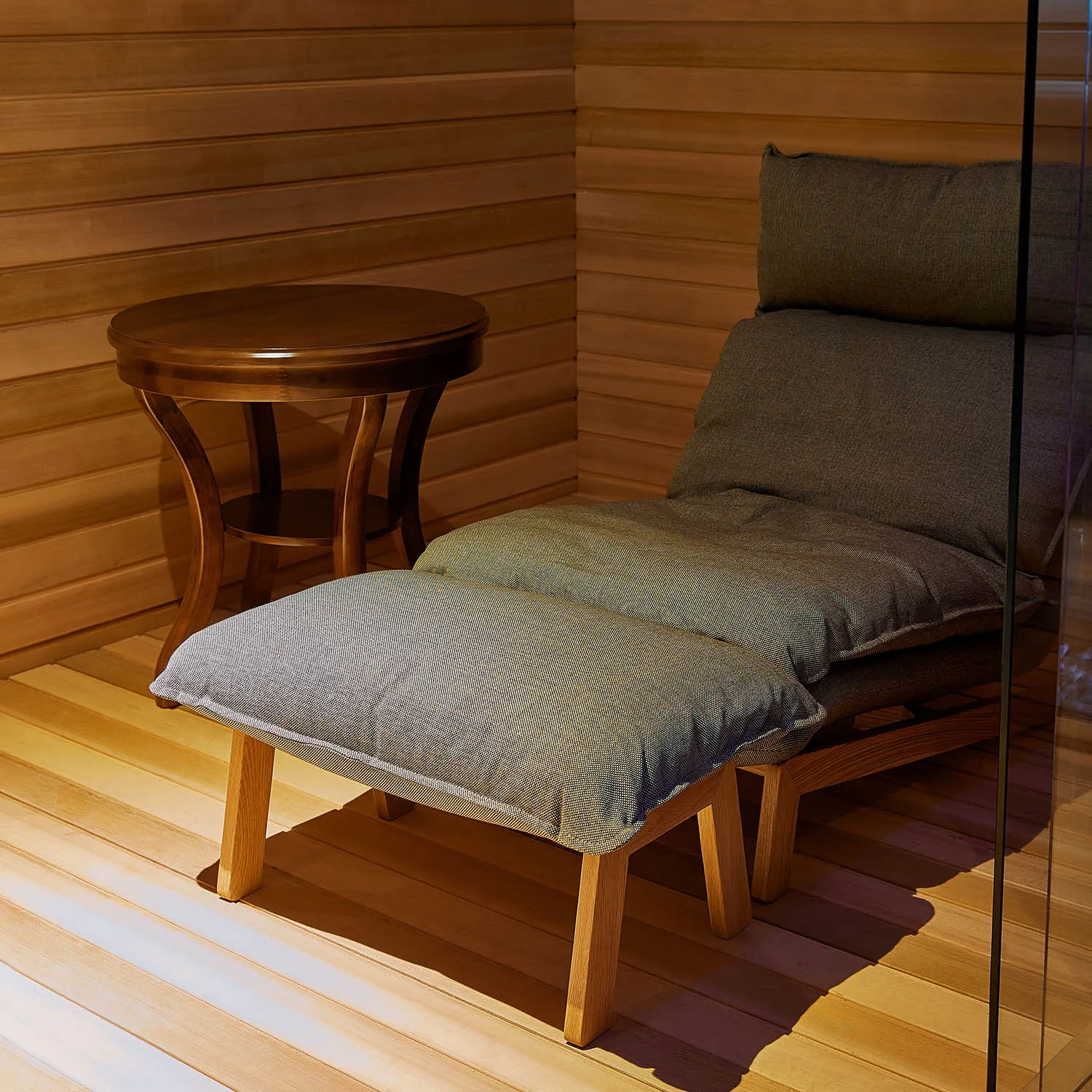
Recommendations for Scientific Use to Reduce the Risk of Mold in Outdoor Sauna Rooms
Usage Recommendations | Purpose |
| Open the door immediately after each use to ventilate the appliance | Quickly releases water vapor to prevent condensation |
| Do not keep the appliance closed for extended periods in humid weather | Prevents moisture accumulation and air stagnation |
| Regularly inspect the wood surface | Detects and addresses minor mold spots early |
| Avoid hanging wet towels or clothing inside the appliance | Reduces human-induced moisture sources |
| Clean thoroughly and store tightly in a sealed container when not in use | Prevents prolonged static moisture |
Can Outdoor Sauna Rooms Grow Mold?
In summary, as natural wood structures used in hot and humid environments, outdoor sauna rooms do have the potential for mold. The root cause lies in the organic properties of wood, the alternating heat and humidity, and the uncontrollable humidity fluctuations in the outdoor environment.
However, mold isn't inevitable; it's a problem that can be effectively prevented and controlled through scientific methods. As long as scientific standards are adhered to in material selection, design, ventilation, drainage, protection, use, and maintenance, outdoor sauna rooms can maintain excellent hygiene and aesthetics, avoiding mold problems.
Why is Yuehua the best choice for purchasing outdoor spas and wellness products from China?
Yuehua stands out because we offer a complete one-stop solution: design, mold making, manufacturing, testing, and export services. Our factory in Foshan, China, covers 40,000 square meters and uses advanced machines to ensure high-quality products at low prices.
We provide wholesale supply, OEM customization, seasonal promotions, and discount sales, making it easy for customers to buy directly from the manufacturer.

